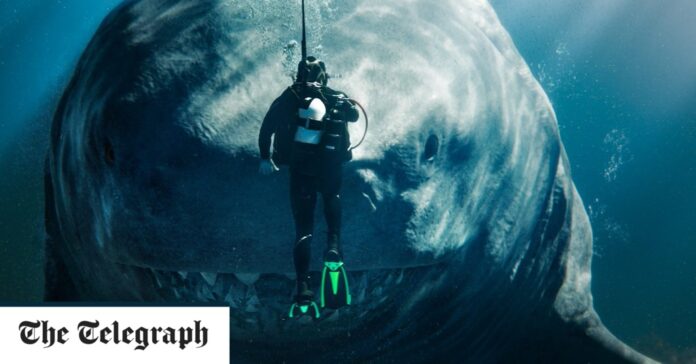China has tamed the American film industry, in ways you may not have noticed – but the mood among Washington policymakers is turning
Of all the things in Greta Gerwig’s Barbie that have made people mad, perhaps the most remarkable is a map. As Margot Robbie’s guileless heroine prepares to travel from Barbieland to the “real world”, she refers to a “world map” scrawled on a pull-down chart. After the Vietnamese government’s department of cinema saw the scene, they promptly blocked the film from release.
Why? Because, the censors argued, it showed that Barbie had taken China’s side in a long-running territorial dispute. Among the decorative scribbles was a dotted line hanging off “Asia” – which, they said, represented the “nine-dash line” that encircles a resource-rich area of the South China Sea claimed by the Chinese Communist Party as its own on their official charts.
That maritime boundary was rejected in 2016 by a UN tribunal, which sided with China’s South-east Asian neighbours. And Warner Bros insisted that Barbie’s map was a “child-like crayon drawing” of no political significance. So why on earth would Vietnam imagine a children’s toy would side with the authoritarian state? Perhaps because Hollywood has long made a habit of doing exactly that.
For example, in Sony’s 2022 blockbuster Uncharted, an animated sequence of a plane flying over Thailand, Cambodia and Vietnam clearly showed the nine-dash line enclosing the contested waters. In the 2019 DreamWorks animation Abominable, the same line was depicted on a map pinned to a wall. As for Barbie’s culpability, the jury is still out, since her whole map is covered with similar doodles. Even so, the film remains banned in Vietnam while in the Philippines, the shot has been blurred.


